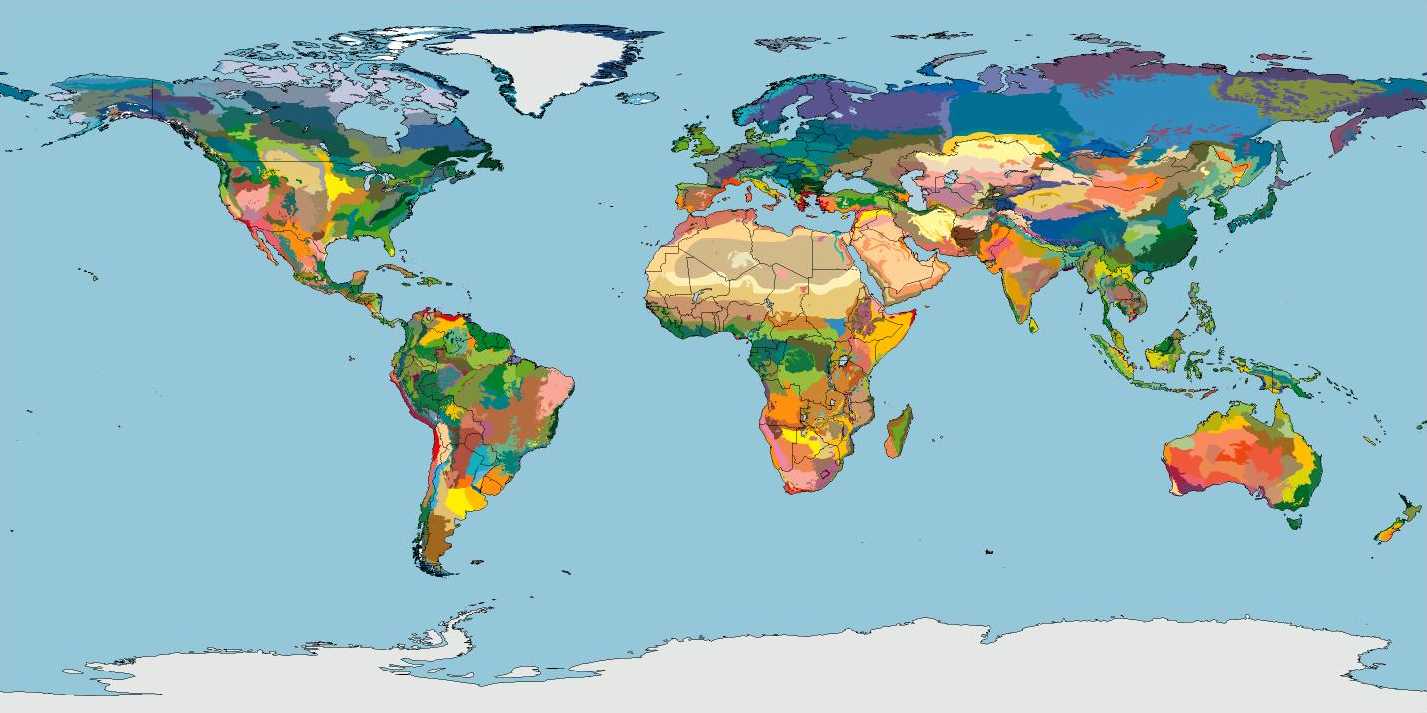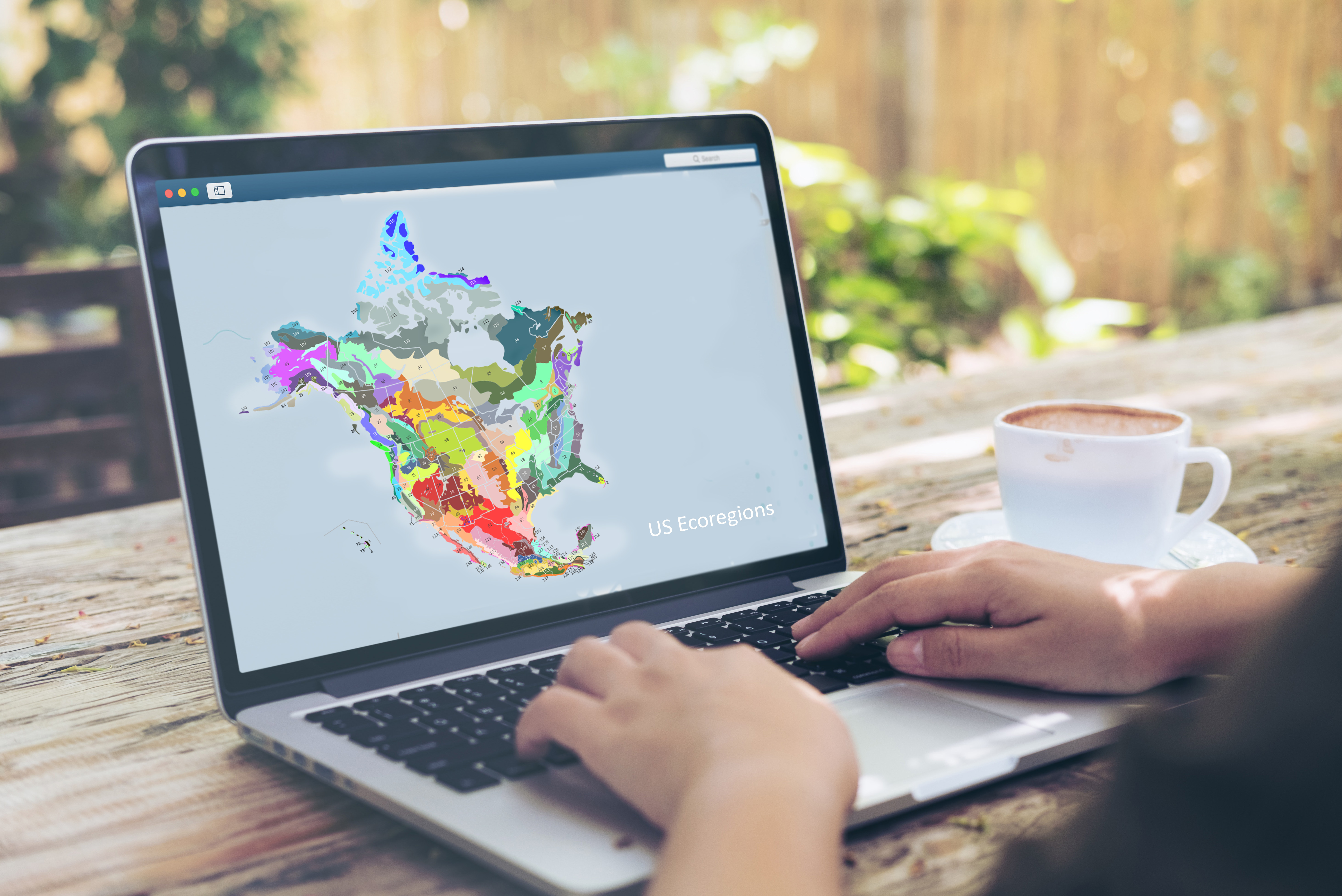We went from a yard that had rich, loamy soil and the perfect amount of gentle morning sun to living on top of a defunct rock quarry that sits in deep shade for most of the day until it roasts in the worst hours of the midwest afternoon sun. Finding plants that survive in these conditions has been a challenge and at times I have been tempted to declare that nothing could possibly ever grow here, but I am coming to the realization that those words are simply not true. My planting failure is a direct result of not analyzing and understanding the subtleties of my shaded site.
While learning about plant communities, I ran across two books that have changed my perspectives on shade gardening, especially under less than what is traditionally considered ideal conditions. One book is entitled The Garden Revolution: How Our Landscapes Can Be a Source of Environmental Change by Larry Weaner and the other is The Know Maintenance Perennial Garden by Roy Diblik.They are each written to give professional guidance in an understandable manner.
Both texts emphasize how important it is to “match the plant to the habitat in which it grows naturally.” (Weaner) That’s the piece that most of us miss. We tend to focus more on how the plant fits into our design scheme rather than its natural habitat. Not only do we not consider whether or not a plant will fit into the ecological niche in which we are intending to place it, but the reality is that we probably don’t know exactly what our niche, or ecoregion, is and what plants naturally grow there. There are however, some excellent online tools to help gardeners learn more about their ecoregions and what plants naturally grow there.
According to the Yale School of Forestry, “Ecoregions are geographical regions that are characterized by specific ecological patterns, including soil health, flora and fauna, climatic conditions, among other factors.“ Using broad strokes, ecoregions paint a picture of what the overall environment of a place is like — everything from the direction and angle of the sun’s rays in each season to the types of soil, how wet or dry, cold or hot, flat or mountainous it typically is, as well as what specific species of plants, animals and insects you would expect to find. (**See source for ecoregions in the resource section below.)
Although it may seem like an overload of information for a simple residential (or even commercial) planting bed, having this kind of knowledge available allows you to make planting decisions that promote environmental diversity and sustainability. Working with the natural environment instead of against it, reduces the need for much of the maintenance we have come to expect. Plants that have evolved with the environment require fewer chemical treatments and less additional moisture, protecting and conserving our essential resources.
Finding plants that are either native to the eco region or well adapted to your particular conditions is the next hurdle. Rather than relying on plant tags at the local big box store, it pays to do some online searching first. Most states have plant databases online. They usually include lists of native, endangered and invasive plants. The US DA also maintains an excellent plant database that links to many additional resources.
With the growing interest ( no pun intended!) in native plants, industry leaders and concerned organizations (Audubon, National Wildlife Organization) have also developed easy to use online databases. Often more extensive than those provided by the states, these tend to have more filters that help narrow the choices. Some sites even include non-native species in their plant lists.
In order to make your search a little easier, we have compiled a list a few of the online databases that are our go-to sites. Join us next week as we turn our patches of shade into welcoming sanctuaries that soothe the restless soul.
RESOURCE LIST
Environmental Protection Agency
Downloadable maps and descriptions of the ecoregions and subregions of the United States.
https://www.epa.gov/eco-research/ecoregions-north-america.
USDA Natural Resources Conservation Service
https://plants.sc.egov.usda.gov/java/
The PLANTS Database provides standardized information about the vascular plants, mosses, liverworts, hornworts, and lichens of the U.S. and its territories. It includes names, plant symbols, checklists, distributional data, species abstracts, characteristics, images, crop information, automated tools, onward Web links, and references. This information primarily promotes land conservation in the United States and its territories, but academic, educational, and general use is encouraged. PLANTS reduces government spending by minimizing duplication and making information exchange possible across agencies and disciplines.
Grow Native//Native Plant Database
Picking the right plant for the right place isn’t always easy. This fun-to-use search feature, however, helps narrow the hunt. Choose the criteria that meet your needs in one or more of the fields below and click on Find Plant for a list of plants that satisfy your criteria. For instance, if you want to attract hummingbirds, click on “hummingbird” in the Attracts box below and then click on Find Plants to create a list of plants that will attract hummingbirds throughout the year. If you want all blue blossoms in your garden, you can tailor your search to pick plants that meet that criteria. You can search for water-loving plants or drought-resistant plants. The possibilities are endless.
https://grownative.org/native-plant-info/plant-picker/
Lady Bird Johnson Wildflower Center
Welcome to the latest edition of the Native Plants Database where you can explore the wealth of native plants in North America. Use the options below to search for 13,040 native plants by scientific or common name or choose a particular family of plants.
Use the options below to search for plants based on a combination of characteristics. If there are too many results, try narrowing your search by selecting more characteristics. If the results are too few, broaden your search by selecting fewer characters.
Native Plant Finder
This website is designed to help you find the best species to attract the butterflies and birds in your area. Here’s how it works:
- Enter your zip code at the top of the page. This will filter search results to give you only plants that are native to your specific area.
- Click “Find Native Plants” to get a list of the host plants for butterfly and moth caterpillars. The plants are ranked by the number of caterpillar species they support, so if you plant these species you are more likely to attract a whole array of different butterfly and moth species. The results are broken into two categories: 1) flowers and grasses and 2) trees and shrubs, to help in your planning.
- Click on any individual genus to learn more about it, including a listing of the specific plant species of this
https://www.nwf.org/NativePlantFinder/About
Audubon Native Plants Database
Find Native Plants For Your Area
Enter your 5-digit zip code to use Audubon’s native plants database and explore the best plants for birds in your area, as well as local resources and links to more information








